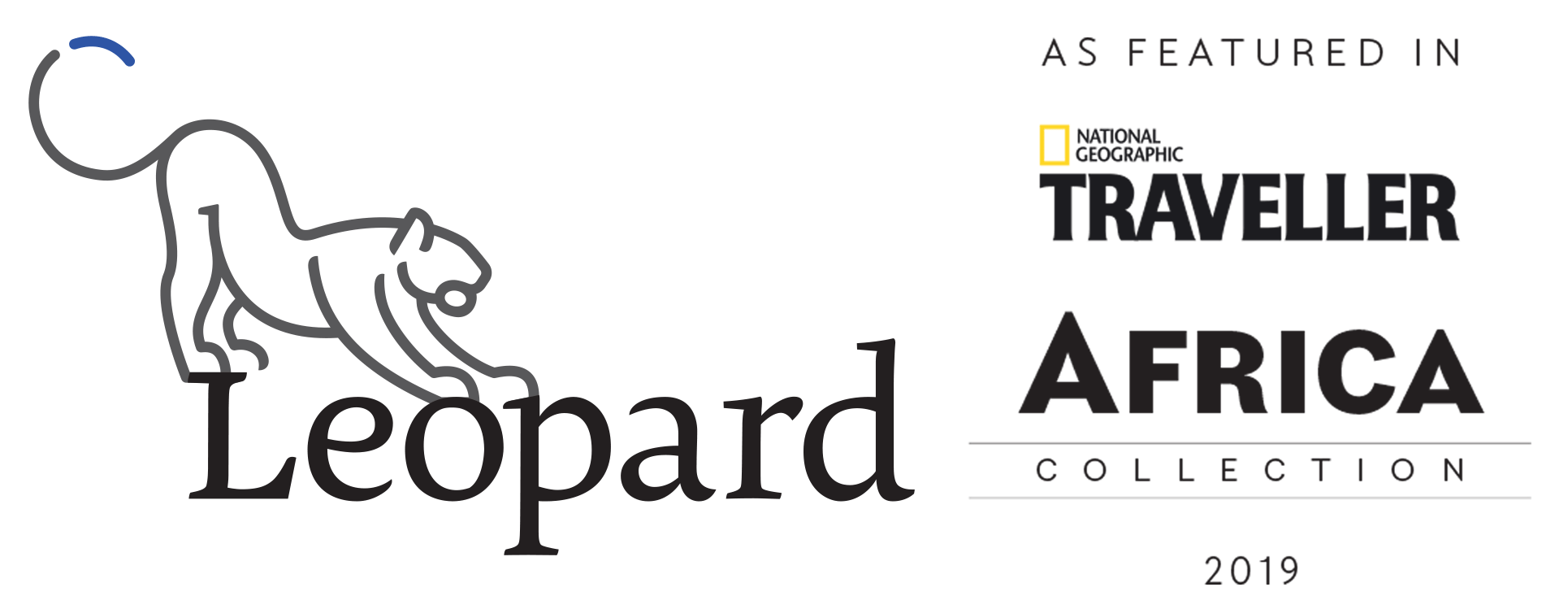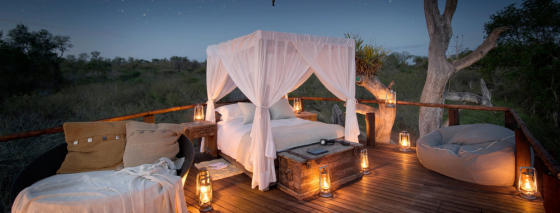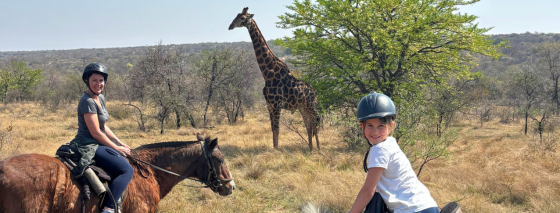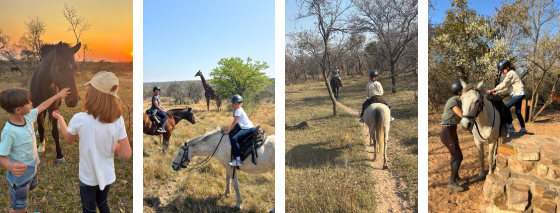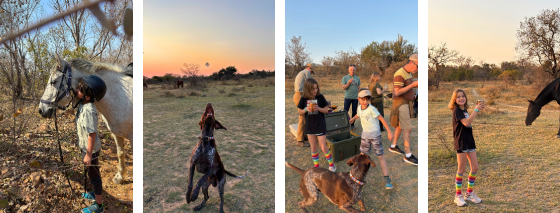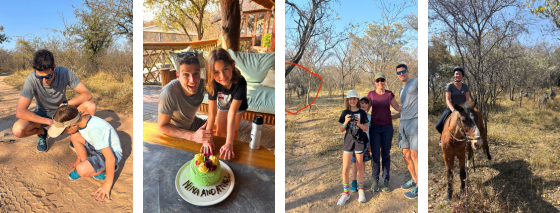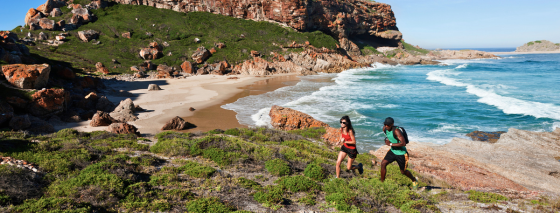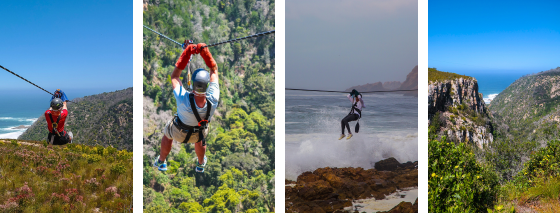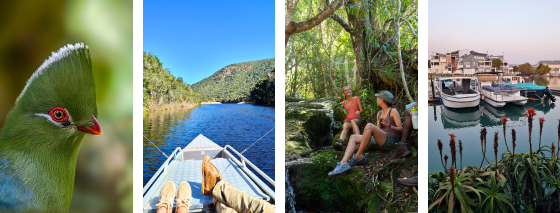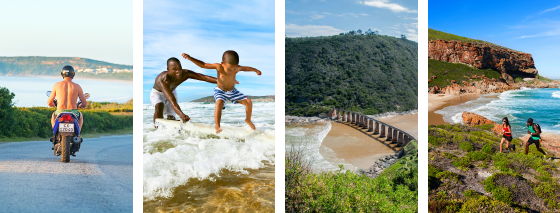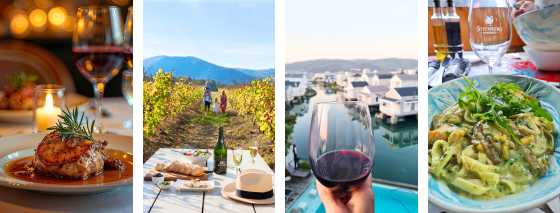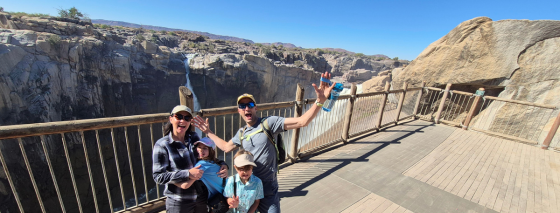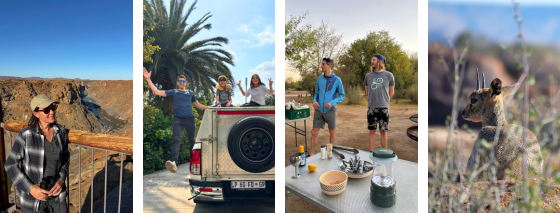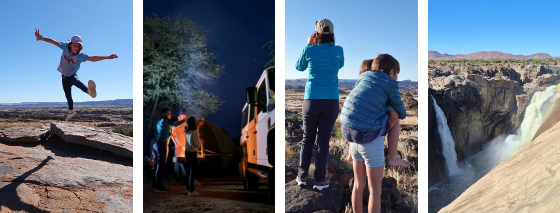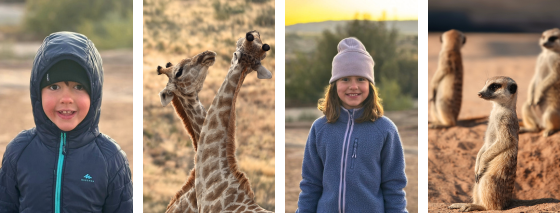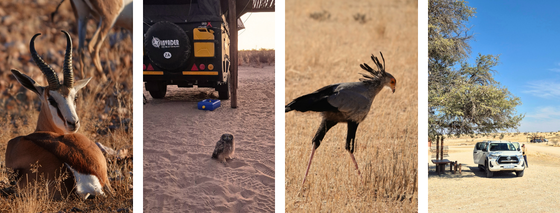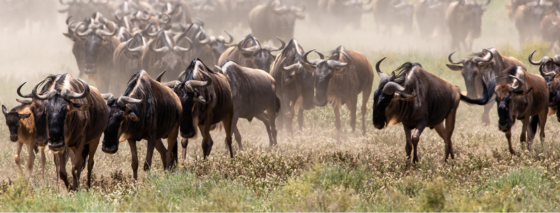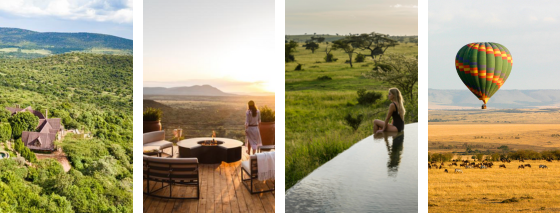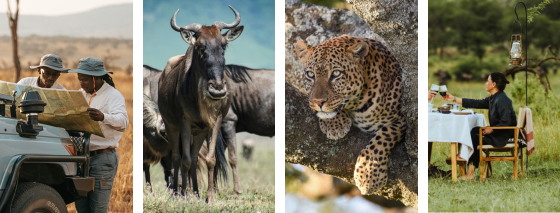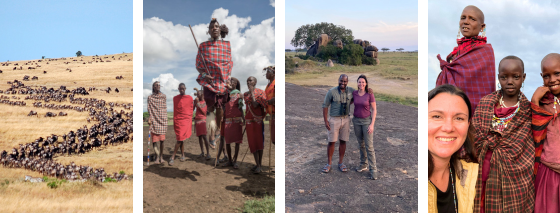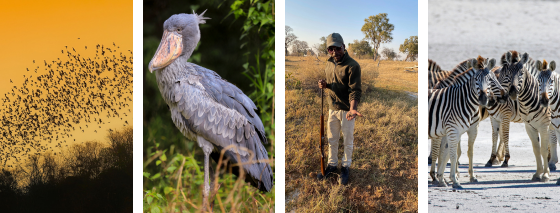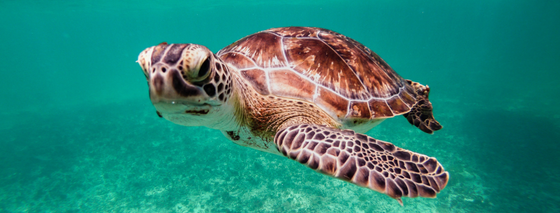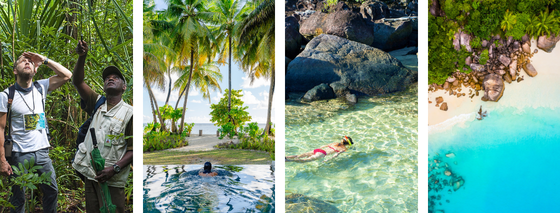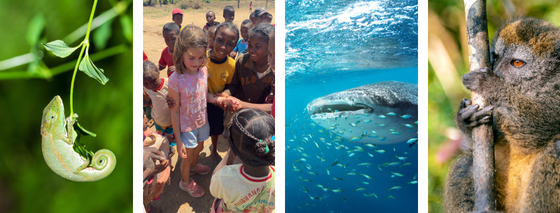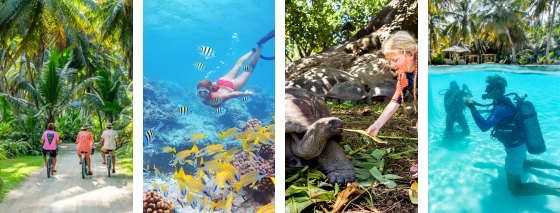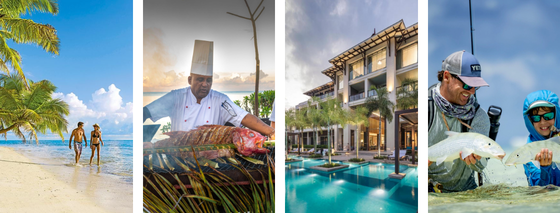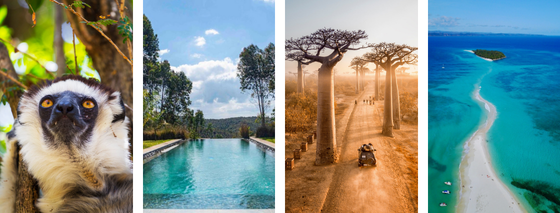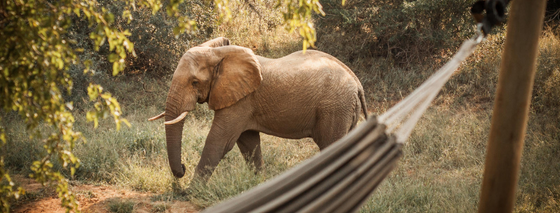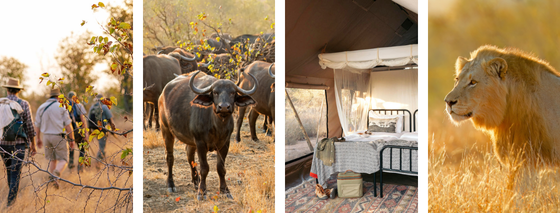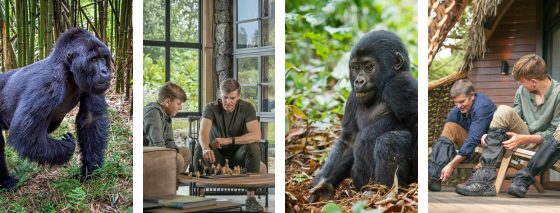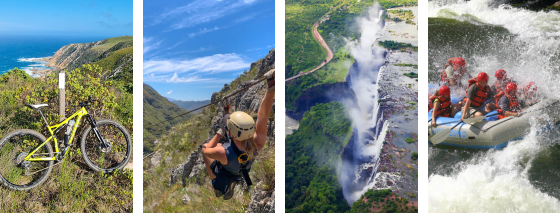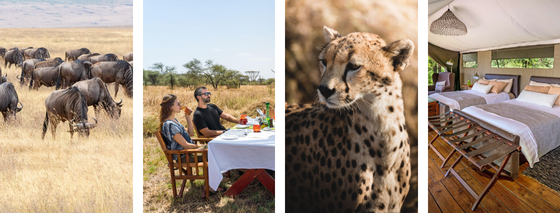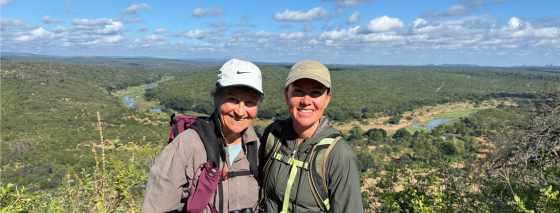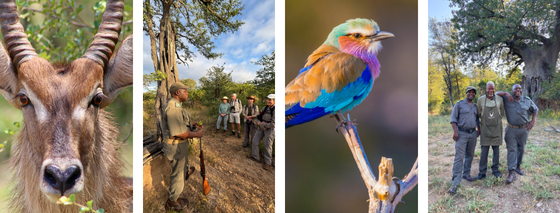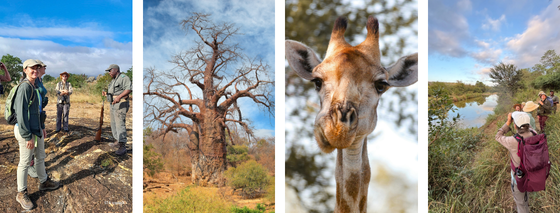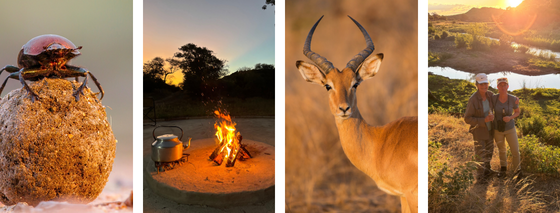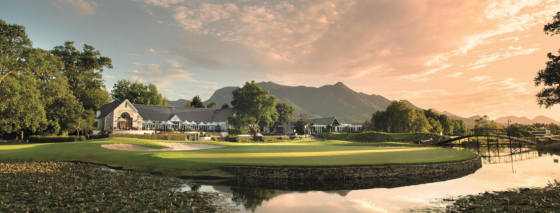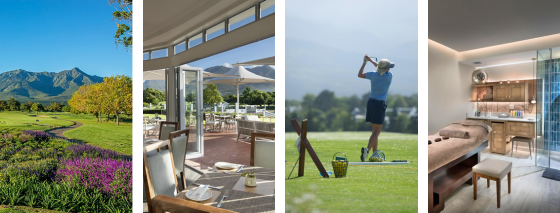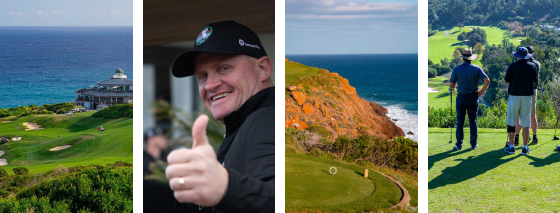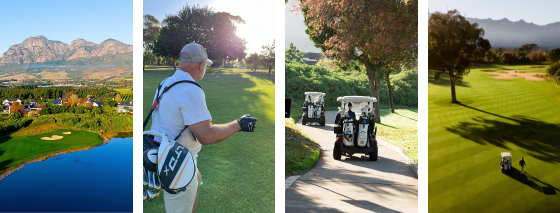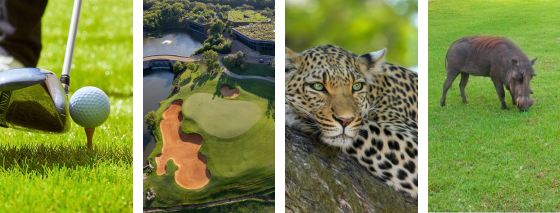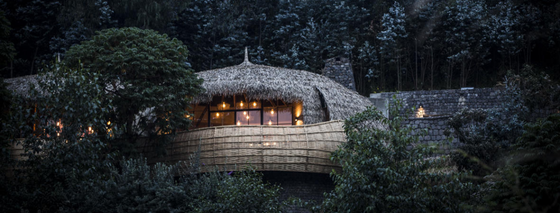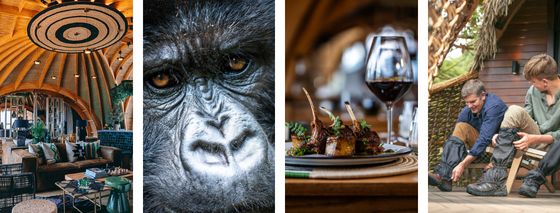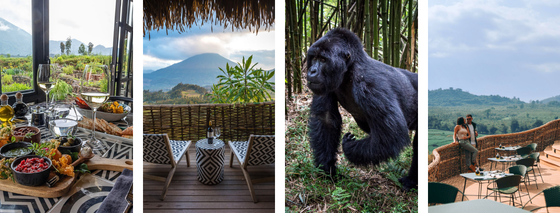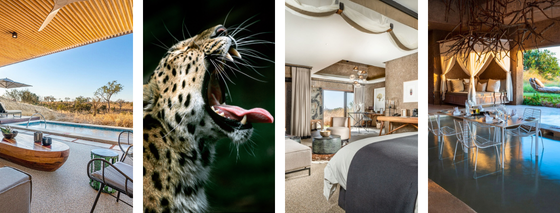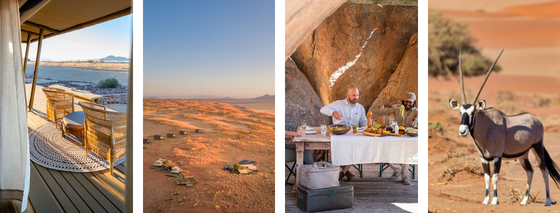12 Unforgettable Star Beds in Southern Africa
From the savannahs of South Africa to Namibia’s silent deserts, Botswana’s wetlands, and Zimbabwe and Zambia’s river valleys, we’ve gathered 12 of the most exceptional star bed experiences. Each one combines exclusivity, comfort, and the rare magic of sleeping under Africa’s stars.
Diana slept on a star bed at Old Drift, along the bank of the Zambezi River, in Zimbabwe and shares her experience.
“I loved the feeling of being in proximity to nature. I could smell the scent of the bush in the evening and early morning. I could feel the breeze on my skin and I could hear the sounds of the bush around me, which were surprisingly loud. When I woke up in the middle of the night, I could see the stars shining above me. I felt really connected to nature, and because I was on a platform, I felt really safe as well.”
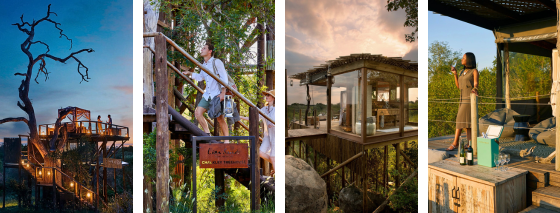
1. Lion Sands Treehouses – Sabi Sand and Kruger, South Africa
At Lion Sands, guests can choose between three extraordinary treehouses — Chalkley and Kingston Treehouse (Sabi Sand), and Tinyeleti (Kruger National Park) — each a unique retreat in a pristine wilderness.
Chalkley is built around a 500-year-old Leadwood Tree, where it’s said that Guy Aubrey Chalkley, an American hunter turned naturalist and founder of Lion Sands Game Reserve, once slept to escape predators. Kingston feels like a glass-and-timber dreamscape floating above the trees. At the same time, Tinyeleti, meaning “Many Stars”, overlooks a river alive with nocturnal sounds and can accommodate a family of four (with children under 15).
2. Ngala Treehouse – Timbavati, South Africa
&BEYOND’s Ngala Treehouse is a four-level treehouse hideaway tucked into the Timbavati wilderness. Solar-powered, stylish, and completely off-grid, it offers the perfect balance of wilderness immersion and design-led luxury. Sleep inside the glassed-in bedroom or under the stars on the rooftop deck.
Although it’s often seen as a romantic hideaway, the Treehouse also accommodates families with up to two children (between the ages of 10 and 16). Whether you’re sipping champagne as elephants wander below or falling asleep to the calls of lions in the distance, memories from a night here will linger long after the sun rises.
3. Naledi Star Bed – Tswalu Kalahari, South Africa
Naledi is Tswalu’s soul-stirring sleepout on a minimalist wooden platform situated in the Korannaberg mountains. You’ll find two stretcher-style beds (or four, for a family sleepout), dressed in soft linen and extra blankets, inviting you to drift off beneath the boundless Kalahari sky.
Evenings begin with a picnic of local cheeses, fruit, and charcuterie, followed by stargazing to a soundtrack of barking geckos and distant nightjars. An open-air shower and private bathroom are a few steps away, and a two-way radio keeps you connected should you need anything.

4. Samara Karoo Reserve’s Star Bed – Eastern Cape, South Africa
Samara’s star bed is perfect for those seeking stillness, solitude, and wide-open Karoo skies in a lesser-known Big Five destination. Perched on a raised platform above the Milk River, the elegant four-poster bed, swathed in airy mosquito netting and layered with soft mohair blankets made from local Angora wool, invites you to rest beneath a night sky resplendent with stars. From the seating area, you can watch wildlife amble down to the water’s edge while you sip sundowners — or savour an early morning coffee as the Karoo begins to stir with life.
5. Kwessi Dunes Stargazer Rooms – NamibRand, Namibia
At Kwessi Dunes, tucked deep within the NamibRand Nature Reserve in southern Namibia — one of the world’s premier stargazing destinations — each chalet comes with its own roofless “stargazer” room. Here, you can drift off beneath skies so clear they seem unreal. Far from towns and free from light pollution, NamibRand was named Africa’s first Gold-Tier International Dark Sky Reserve — the highest accolade for places where the Milky Way, zodiacal light and even faint meteors shine in dazzling detail. By day, gaze out over ochre dunes where oryx roam the plains; by night, breathe in the cool desert air and marvel at a canopy of stars that feels close enough to touch.
6. Wolwedans Desert Sleep-Out & Dune Camp Star Bed – NamibRand, Namibia
At Wolwedans, also situated in the NamibRand, where the horizon stretches endlessly with no fences, no buildings, just open desert, you can opt for one of two sleep-out experiences under the stars. Be driven to a remote dune platform equipped with a comfortable bed, soft linen, and lanterns for company or enjoy a private star bed at Dune Camp. Both harness the profound silence and endless sky that make the Namib unforgettable.
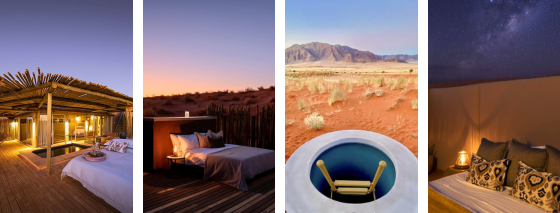
7. Little Kulala Star Beds – Sossusvlei, Namibia
At Wilderness Little Kulala, every suite opens onto a private plunge pool and comes with its own outdoor star bed. By day, it’s a shaded deck that transforms into a celestial bedroom by night. From here, you can gaze over the rippling dunes of Sossusvlei, where the desert glows pink and gold at sunset. It’s a seamless blend of comfort and wilderness, where you drift off to sleep beneath one of the darkest, clearest skies in the world.
Little Kulala also has an exclusive-use gate which provides direct access to the dunes of Sossusvlei and to the photographic, otherworldly landscape of Dead Vlei.
8. Baobab Treehouse, Xigera Safari Lodge – Okavango Delta, Botswana
The Baobab Treehouse – set among a stand of indigenous Croton trees, and rising nearly 10 metres above the Okavango floodplain – is a striking three-level structure inspired by artist Jacobus Pierneef’s iconic painting of a solitary baobab.
Inside, carved timber furniture and natural textures mirror the Delta’s beauty, while canvas walls can open completely to the wild or close for comfort. From the elevated bathroom and bedroom, you can listen to the gentle symphony of the bush drifting through the open screens.
Climb to the top deck and you’ll find an open-air lounge and a king-size bed. With 360-degree views, this is the perfect perch for watching the sun sink into the waterways or sleeping beneath the southern stars.
9. Wilderness Linkwasha Sleep Out Deck – Hwange, Zimbabwe
Set out from Hwange’s most contemporary camp, Linkwasha, in the wildlife-rich south-eastern corner of Hwange National Park to a private deck on the open plains, nearby. There’s nothing between you and the Southern Cross but warm air and night sounds, plus a proper bed, cosy duvets and the sounds of nature. The Star Bed is located at Scott’s Pan (about a 15-minute drive from Linkwasha camp), where you can watch elephants, buffalo, various antelope and even the predators that stalk them, like lions or wild dogs, come and quench their thirst.

10. Old Drift Star Suite – Zambezi River, Zimbabwe
Old Drift lies on the banks of the Zambezi River, upstream from Victoria Falls. Here, you can book a star suite, where you’ll have your own raised platform with a star bed beneath the open sky. It sits beside the deck that extends from your indoor suite, complete with a private plunge pool. These star beds invite you to drift off to sleep to the nocturnal sounds that rise from the riverbank, capturing the essence of safari romance – with candlelight, river breezes, and the simple joy of sleeping under open skies.
11. Chikunto Star Bed – South Luangwa, Zambia
The Chikunto Safari Lodge star bed sits above the Luangwa River, in Zambia’s South Luangwa Park. Nicknamed the ‘Valley of the Leopard’, the park is famed for its thriving predator populations — from lions and wild dogs to its iconic leopards. Add to that large herds of elephant, buffalo, hippo and diverse antelope, and you have one of Africa’s most rewarding wildlife-viewing destinations. Your raised star bed platform offers front-row views of wildlife that come to drink at dusk and is linked by a raised, private walkway to the main deluxe suite.
This open-air space allows you to connect deeply with the bush. You may hear a lion’s call reverberating in the night air as you marvel at the stars above and then awake at dawn to birdsong.
12. Puku Ridge Star Beds – South Luangwa, Zambia
Puku Ridge, overlooking the Kakumbi Plain, in Zambia’s South Luangwa National Park, is another spectacular safari retreat. Each of the eight tented suites opens onto a private deck, and each features a ‘tower’ with an elevated daybed that transforms at night into a stargazing nook. The experience combines comfort with raw wilderness: elephants moving through the grass below, nightjars calling, and an untainted sky full of stars. After a night drive and dinner, you can ascend to your private deck and sleep out under the Milky Way, listening to the sounds of the wild.
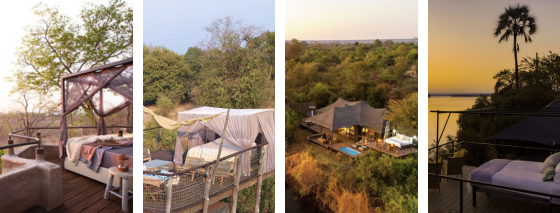
If you’re looking for wonder, Southern Africa’s star beds are the ultimate expression of safari romance and adventure. Whether you’d prefer to drift off to the soft hoot of a Pel’s fishing owl in Botswana’s Okavango Delta, watch constellations shimmer above the Namib dunes, or wake to elephants grazing quietly beneath your deck in Zambia, we’d be delighted to help you find the star bed that’s best suited to you.
Happy travelling,
The Leopard Team
To receive more blog posts like this, straight to your inbox, subscribe to the Leopard newsletter here.

